Last time we covered the broad and complex topic of Lithium-ion (Li-ion) batteries in part 3 of our series about solar energy storage technologies and looked at the various types of this emerging, still young battery technology.
Continuing our series, we will explore another battery technology that has been around for some time already. In this part 4, we explain the functioning and electro-chemical advantages, and disadvantages of Nickel-based batteries.
Nickel-based batteries: main types and differences
Nickel is one of the most abundant minerals on earth – a large chunk of the earth’s crust is made of it. It is particularly known for its high resistance against corrosion, making it not only popular as protection metal in the shipbuilding, automotive, and steel industries, but also as an alloy material for coinage.
Nickel has been used in battery manufacturing for many decades, too. Rechargeable (secondary) Nickel-based batteries have been in use since the 1950s and there are – similar to Li-ion batteries – various types involving different anode materials.
In terms of total worldwide installed storage capacity for electrical energy, with over 30 MW installed capacity, Nickel-based batteries have a higher market share than Li-ion.
Ni-based battery cells usually consist of a Nickel Oxyhydroxide (NiOOH) cathode, a separator between the electrodes, and an alkaline electrolyte – usually potassium hydroxide – whereas the anode consists of different minerals, depending on the Ni-based battery cell type.
The voltage of Ni-based batteries is 1.2V/ cell and the major types are Nickel-Cadmium (NiCd), Nickel-metal-hydride (NiMH) and Nickel-iron (NiFe) battery cells. Less common types include Nickel-hydrogen (NiH2) and Nickel-zinc (NiZn) batteries.
In the PV industry, NiCd and NiMH battery cells can mostly be found as storage technology with solar-powered every day, mini-devices, such as solar torches or solar garden lights, while NiFe battery cells are recently gaining attention as energy storage technology from manufacturers and users of PV off-grid systems.
Now let’s go into more detail about the three main Ni-based battery types.
Nickel-Cadmium Batteries
Even though commercially in use since the 1950s, counting back to the early research years, NiCd batteries have been around for already over 100 years.
They were for many decades the main commercially viable Ni-based battery technology, however, this changed with the introduction of Nimh battery cells and this downward trend is even accelerating in recent years with the decreasing costs of NiMH batteries, one of the main advantages of NiCd.
As the name indicates, the anode of NiCd batteries is made of Cadmium, which is a highly toxic metal that in some countries is subject to special disposal rules.
In the European Union, the use of NiCd batteries has in the course of the Directive on the restriction of the use of certain hazardous substances in electrical and electronic equipment (RoHS) directive mostly been banned and is limited to medical, portable power, and emergency devices.
A particular, yet bottleneck characteristic of NiCd (and also Nimh) battery cells is the so-called memory effect: when frequently only partly discharging a NiCd battery, it memorizes the energy demand in accordance with that partly discharge rate, dropping its capacity to the level of the seemingly required amount of energy. Therefore, NiCd needs to be frequently fully discharged.
While NiCd battery cells – compared to other Ni-based battery types – are generally rather on the low end in terms of capacity and suffer from comparably high self-discharge (20% at standard room temperature), they are however very robust and therefore popular with portable electronics, including various kinds of solar-powered devices as previously mentioned.
Unlike other battery technologies, NiCd batteries are stable at deep discharges and overcharges and have – with over 1000 charge/ discharge cycles – on average much longer lifespans than many other battery types, including Lead-Acid and even some Li-ion battery cells. Technically, NiCd batteries can be stored at a full discharged state for years and would still work fine.
However, the long lifespan requires proper and regular maintenance which is another cost driver…
Nickel-Metal-Hydride Batteries
NiMH has been introduced as battery technology in the 1990s and is in many aspects superior to their Nickel-brother NiCd, one plus is that they do suffer significantly less from the aforementioned memory effect.
One comparable advantage is that the anode of a NiMH battery cell is made of a hydrogen-absorbing alloy, making NiMH battery cells more environmentally-friendly than NiCd battery cells, and those can be more easily disposed of. In this sense, they are not subject to import or usage restrictions in some parts of the world
In addition, NiMH battery cells have lower internal resistance, which makes them a preferred battery type for electronics with high drain of current.
Because of their properties and material composition, they are not only a popular choice for producers of digital cameras but also are quite popular with manufacturers of small solar portable devices that supply the EU markets.
NiMH battery cells have a high energy density that comes close to or is even superior to that of their Li-ion counterparts. Even though their lifespans are with 300-500 discharge and charge cycles on paper much shorter than NiCd battery cells, the significantly higher capacity of NiMH batteries allows them to last much longer between charges and thus, depending on the specific application, may even prove more long-lasting than a NiCd battery cell.
Like NiCd battery cells, NiMH battery cells have an ample temperature performance range, with 0° – 45°C (charge) and -20° – 65° (discharge) respectively.
Nevertheless, Nimh are less robust than NiCd batteries and have thus a low tolerance against overcharging. On top of that, their high self-discharge rate (30%) is even worse than that of NiCd batteries, making them a bad choice for emergency applications.
Moreover, Nimh battery cells also require maintenance, though the average maintenance frequency is lower than with NiCd battery cells.
Nickel-Iron Batteries
Nickel-iron (NiFe) batteries have already been around for over 100 years, too, and have in recent years gained attention as energy storage technology for solar PV systems.
The anode of NiFe battery cells is made of iron, similar to Nickel a very abundant mineral and also much less toxic than the partly banned Cadmium, and the alkaline electrolyte is made of a mix of distilled water and potassium hydroxide.
From their invention till today, NiFe batteries have long been noted for their high robustness against vibrations, their very high resistance against overcharge and discharge as well as tolerance against high temperatures.
Basically, NiFe battery cells come with a lifespan of between 2000 and 3000 cycles and can last for many decades, provided proper handling and maintenance.
Yet their bad performance at low-temperature levels, low energy density (50 Wh/kg) similar to Lead-acid, and high manufacturing costs coupled with a high rate of self-discharge of about 30%/ month has rendered NiFe quite an unattractive technology for a long time.
If not properly addressed via good system design, a bottleneck is the significant voltage variation between full charge and discharge state, so that a NiFe battery at quite a high discharge state loses voltage, thus connected loads may not be usable with that battery.
In the PV industry and especially in the North American and Australian markets, NiFe has in recent years gained some attention, which is particularly due to their long durability which – despite the still comparably high manufacturing costs – saves money on replacement batteries in the long run.
For many of those PV enthusiasts using NiFe batteries with PV, the bad performance in low-temperature environments is less of a concern in hot climates and the same goes for the high self-discharge rate as the batteries would be regularly charged by the photovoltaic modules.
TO OUR READERS:
Do you have a small solar device using a Nickel-based battery? Or maybe your PV off-grids system uses a Nickel-iron battery bank? What are your experience in terms of long-term usage and performance? We want to hear from you, comment or mail us!

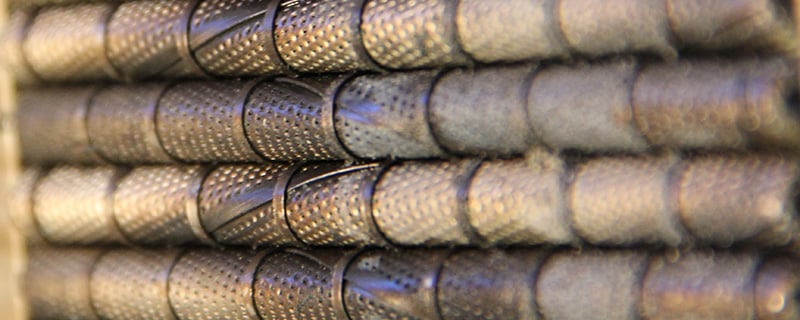
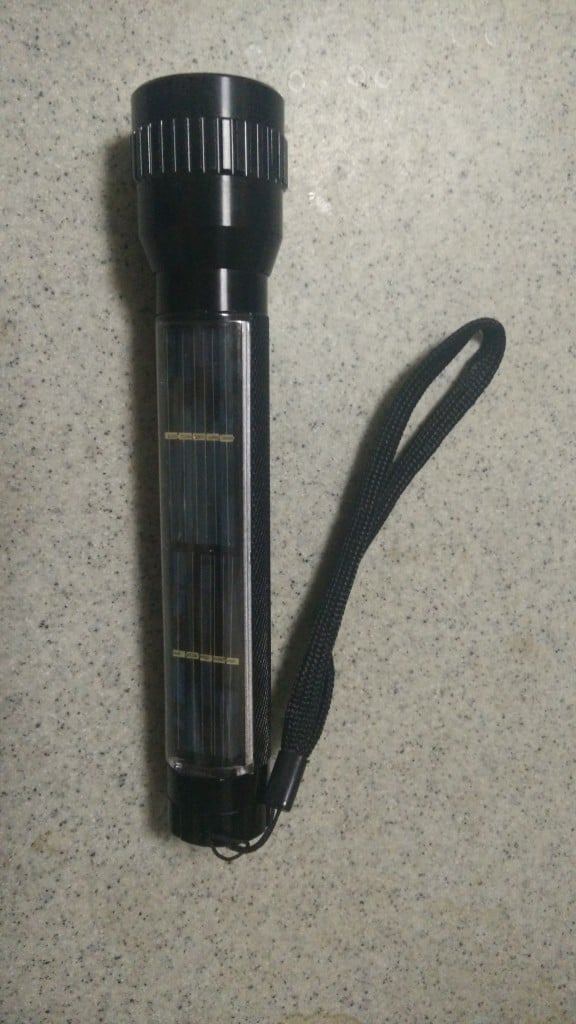
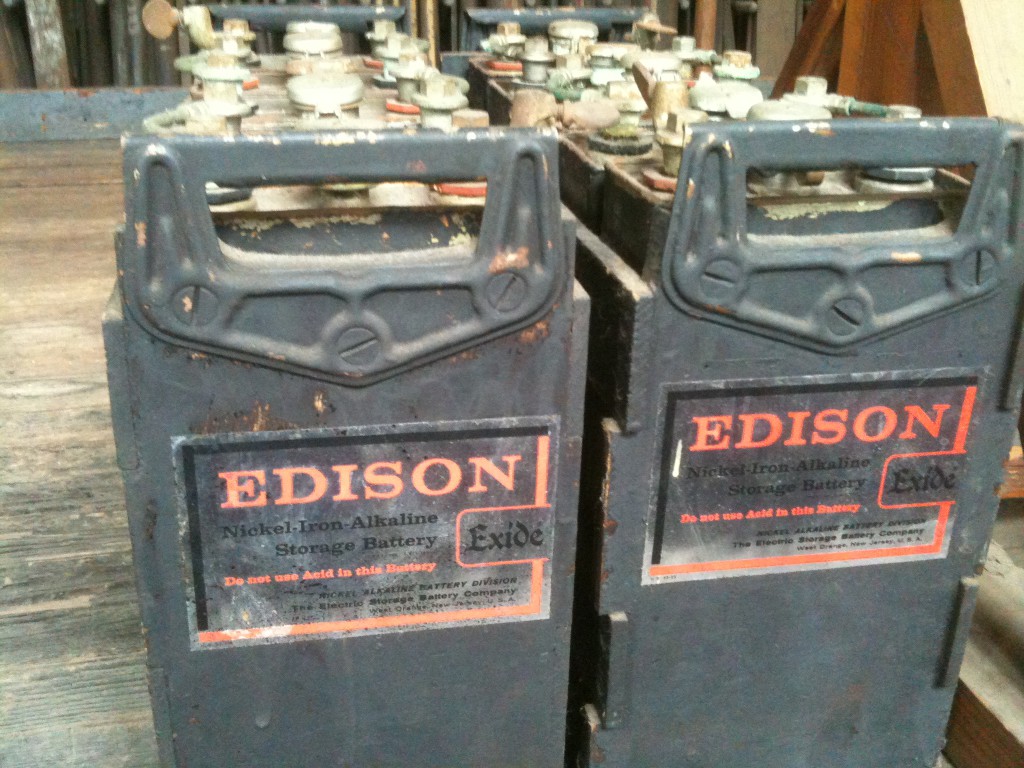
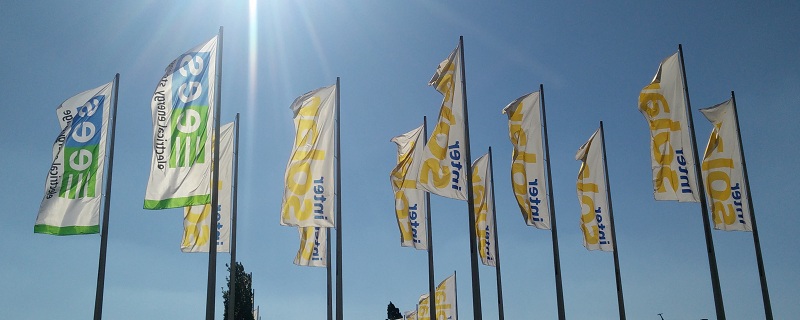

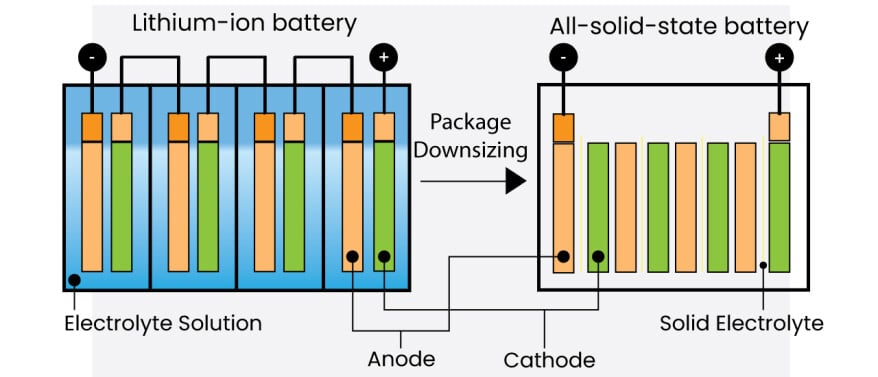

Teodor
on 25 Jul 2015